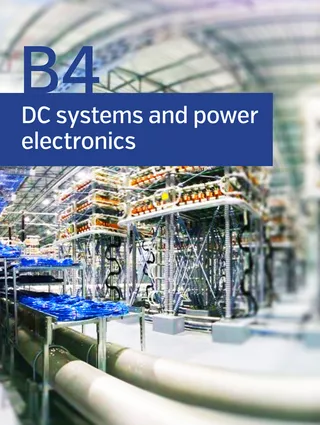Summary
HVDC electrodes have traditionally been installed on HVDC transmission systems to provide a low resistance current return path during both monopolar and bipolar operation using the earth and/or sea as the conductive medium. HVDC electrodes are in general less costly and have lower losses than dedicated metallic return conductors. Environmental concerns related to electrode operation have become more prominent in recent years due to greater public awareness of potential impacts, tighter environmental approval processes and increasing numbers of HVDC projects. While the environmental approval process can be challenging, the long-time successful operation of older electrodes indicates many of the potential environmental impacts from electrodes can be minimized or eliminated either by suitable selection of the electrode site for impacts remote from the electrode or by application of good design techniques if the impacts are near the electrode or on the electrode site. With the development of new geophysical and geological investigation techniques, and more powerful computer simulation tools for electrical field studies and infrastructure modelling, potentially more economical designs of ground electrodes can be achieved, and the impacts of the electrode operation on existing or potential future infrastructure can be more accurately quantified. This technical brochure is prepared to formalize methodology and guidelines for the analysis, design, construction and testing of new electrodes and refurbishment or extension of existing electrodes. It is a collection of most recent techniques, processes and descriptions of software and procedures available for site selection and electrode designs.
Additional informations
| Publication type | Technical Brochures |
|---|---|
| Reference | 675 |
| Publication year | |
| Publisher | CIGRE |
| Study committees | |
| Working groups | WG B4.61 |
| File size | 7 MB |
| Pages number | 150 |
| Price for non member | 280 € |
| Price for member | Free |
Authors
J. HU, B. McLeod
Keywords
HVDC electrode, ground/earth return, neutral current, MT measurement, shallow resistivity, electrode design, site selection


